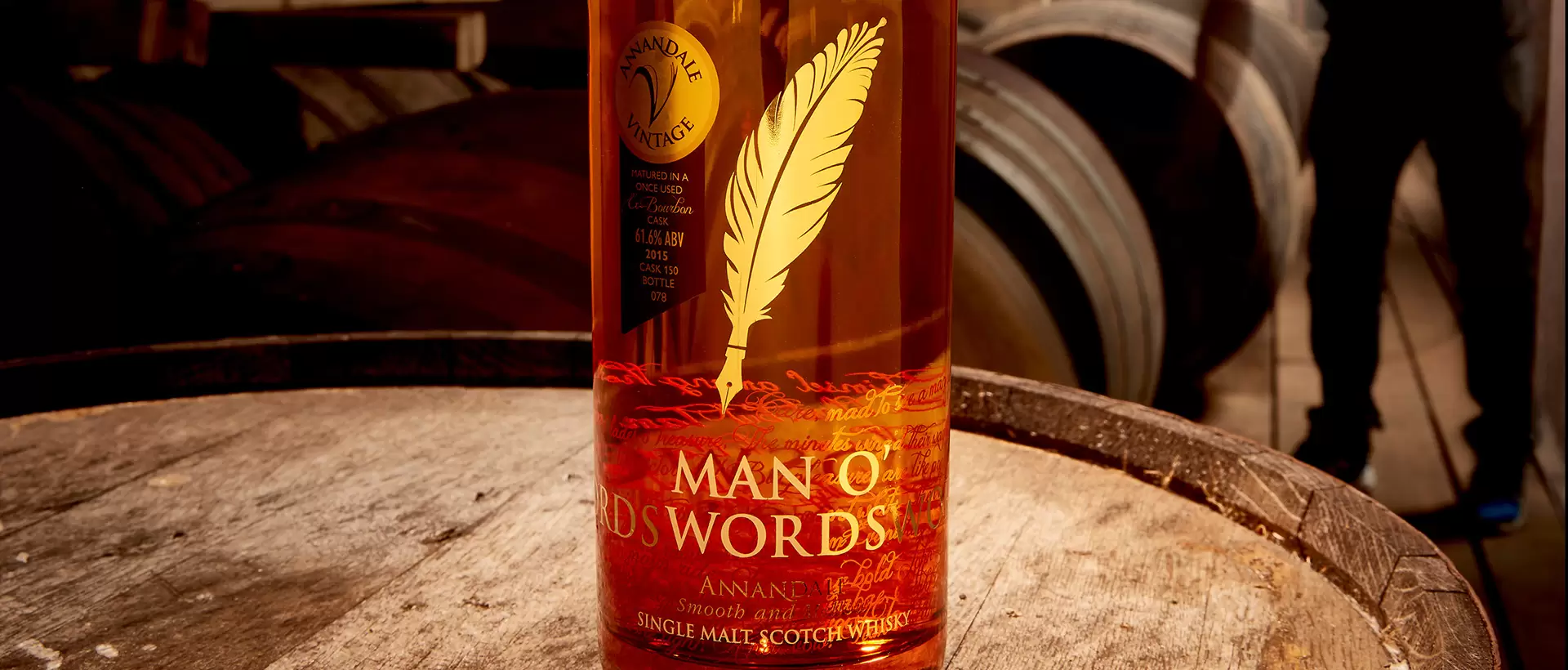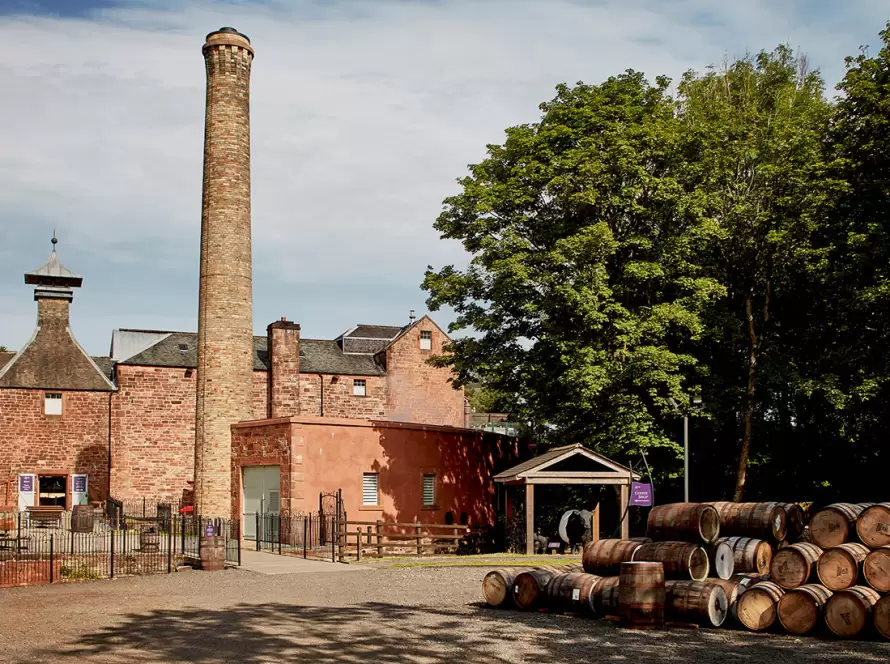Having disabused ourselves of any notion of regional terroir, this left us with a blank canvas for creating sensory profiles for Annandale’s Single Malts. The next decision was relatively easy: Annandale should produce a peated malt (as it would have done historically) and an unpeated malt (largely for commercial reasons). In doing this, it was imperative that Annandale’s peated and unpeated expressions should have a common core of sensory characteristics that define them as being ‘Annandale’. This wasn’t going to be easy!
Back in 2007, Scotland already had more than 100 Single Malt distilleries. As a matter of due diligence, we felt compelled to ask ourselves whether or not Scotland actually needed another distillery? Although we reasoned that Scotland (as a whole) probably didn’t, we were very clear that the South of Scotland definitely did. Indeed, reintroducing Single Malt Scotch Whisky production into the South of Scotland became one of our primary motivations and our passion!
The second consideration was much more complicated: What should Annandale’s peated and unpeated Single Malts taste like? Producing Single Malts in the style of Islay and Speyside, for our peated and unpeated expressions, respectively, didn’t seem sensible. Surely, if whisky drinkers wanted an ‘Islay style’ malt, they’d buy one from an Islay distillery? The same rationale applied to our unpeated malt and Speyside. The challenge was to produce peated and unpeated Single Malts that were different from other Single Malts on the market, whilst still fitting within and forming a credible part of the sensory universe of Single Malt Scotch whisky.
The foregoing deliberations led to a 4-point product development brief for Annandale’s Single Malts:
- Peated and unpeated expressions
- The peated and unpeated expressions should have obvious sensory commonalities/overlaps
- Unique and different from all other Single Malts (characteristically Annandale)
- Fit within, and be a credible part of, the sensory universe of Single Malt Scotch whisky






